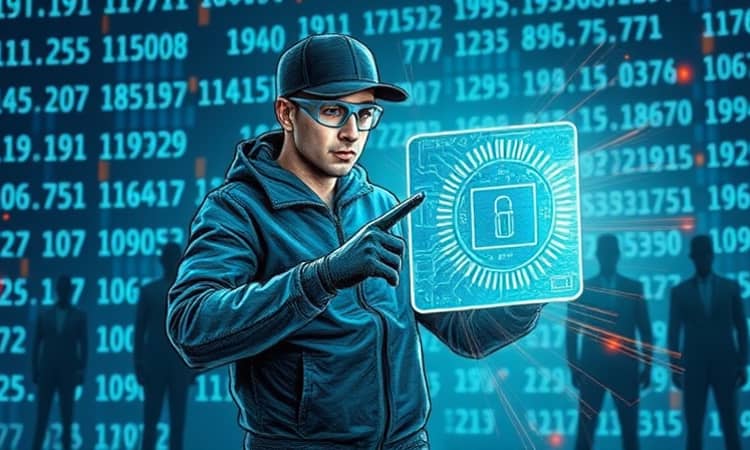In an era where our wallets and smartphones have become gateways to our financial lives, credit card fraud poses a growing threat. Each unauthorized swipe or skimmed transaction can chip away at your sense of security and leave you facing unexpected losses.
Yet, with knowledge, vigilance, and the right strategies, you can stand firm against the tide of deception. This guide offers both inspiration and practical steps to reclaim control of your finances and safeguard your identity.
Understanding Credit Card Fraud and 2024 Statistics
Credit card fraud occurs when criminals use stolen or counterfeit card data to make unauthorized purchases or withdraw funds. Their methods range from physical theft to sophisticated digital schemes.
In 2024, the Federal Trade Commission received over 480,000 reports of credit card fraud related to identity theft in the U.S., marking an 8.4% increase since 2022. These figures remind us that vigilance is not optional—it’s essential.
Common Tactics and Real-World Scenarios
Fraudsters continually refine their approaches. Familiarizing yourself with these methods can help you recognize red flags before it’s too late.
Recognizing Your Vulnerabilities
Our everyday habits and environments can create openings for thieves. By identifying these weak points, you can fortify your defenses.
Online retailers often encourage you to save card details—but avoid saving card info online unless you trust the brand completely. Public Wi-Fi networks, while convenient, can expose your data to interception. At home or on the go, leaving your card unattended or sharing your PIN invites risk.
Mail theft also plays a role: intercepted statements or new-card mailers can give fraudsters all they need to strike. Understanding these vulnerabilities is the first step toward closing them.
Proactive Prevention Strategies
- Monitor your accounts meticulously: Set a weekly reminder to review all transactions, catching tiny “test” charges before they escalate.
- Sign up for real-time fraud alerts: Instant notifications empower you to dispute suspicious activity within minutes.
- Zero-liability fraud protection: Most issuers guarantee you won’t pay for unauthorized charges if reported promptly. Know your rights and policies.
- Avoid public Wi-Fi for purchases: Whenever possible, use your cellular network or a secured VPN.
- Use strong, unique passwords and implement multifactor authentication on all financial accounts.
- Keep your card in sight and shield your PIN entry at ATMs or point-of-sale terminals.
- Opt for EMV chip or contactless payments: Their dynamic security makes counterfeiting far more difficult.
- Set transaction limits and customized alerts for purchases exceeding a threshold you choose.
Technological and Institutional Safeguards
Behind the scenes, banks and payment processors deploy advanced tools to outsmart criminals.
Tokenization and encryption turn your card data into indecipherable strings during transmission, reducing breach impact. EMV chip and NFC technologies generate one-time codes for each transaction, making cloned cards nearly useless.
Online, Address Verification Service (AVS) and CVV checks confirm you hold the physical card. Protocols like 3D Secure add an extra identity verification step via PIN, SMS, or app prompt. Meanwhile, machine learning analyzes spending patterns to spot anomalies in real time, halting suspicious transactions before you even see them.
Acting Fast: Response and Recovery
- Immediately report any unauthorized transaction to your issuer or bank. A quick call can freeze your card and prevent further misuse.
- Freeze or replace your card via mobile banking apps—some institutions offer instant digital replacements.
- Review your credit report regularly to detect new accounts opened in your name. You can place a fraud alert or credit freeze with major bureaus.
- Switch to paperless statements to reduce mail-theft risk.
- Document your communications and keep copies of dispute forms. This record can aid investigations and speed up refunds.
Empower Through Education and Vigilance
Protection doesn’t end with policies and technology. Knowledge is your most durable armor. Whether you’re a consumer or a business owner, invest in ongoing education to stay ahead of emerging threats.
Employees should receive regular training on identifying phishing attempts, securing customer data, and following compliance guidelines. Consumers can subscribe to cybersecurity newsletters or join community workshops to learn safe digital behaviors.
The surge in online shopping and mobile payments shows no sign of slowing, and with it, the risk of card-not-present fraud grows. Remaining skeptical of unsolicited offers, urgent payment requests, or deals that seem too good to be true can be the difference between security and compromise.
Remember: embrace secure online habits as part of your daily routine and Embrace digital vigilance as shield against unseen threats. While no system is impervious, combining multiple layers of defense—technology, behavior, and swift action—can keep you one step ahead of fraudsters.
Your financial well-being is worth the effort. By adopting these strategies today, you not only protect your current assets but also build a foundation of trust and security for the future. Rise to the challenge, stay informed, and let every transaction reflect your commitment to staying safe in a connected world.














